‘Our backs are against the wall’: The solar development that divided a rural community
Steve Beus and his brother, Shane, have been dairy farmers in Ada and Canyon counties for decades, watching the Treasure Valley grow and develop around them. Now Steve, 81, says it’s time to retire.
“I’ve pushed cows since I was 15 years old, and it’s time to do something else, or nothing else,” he told the Idaho Statesman.
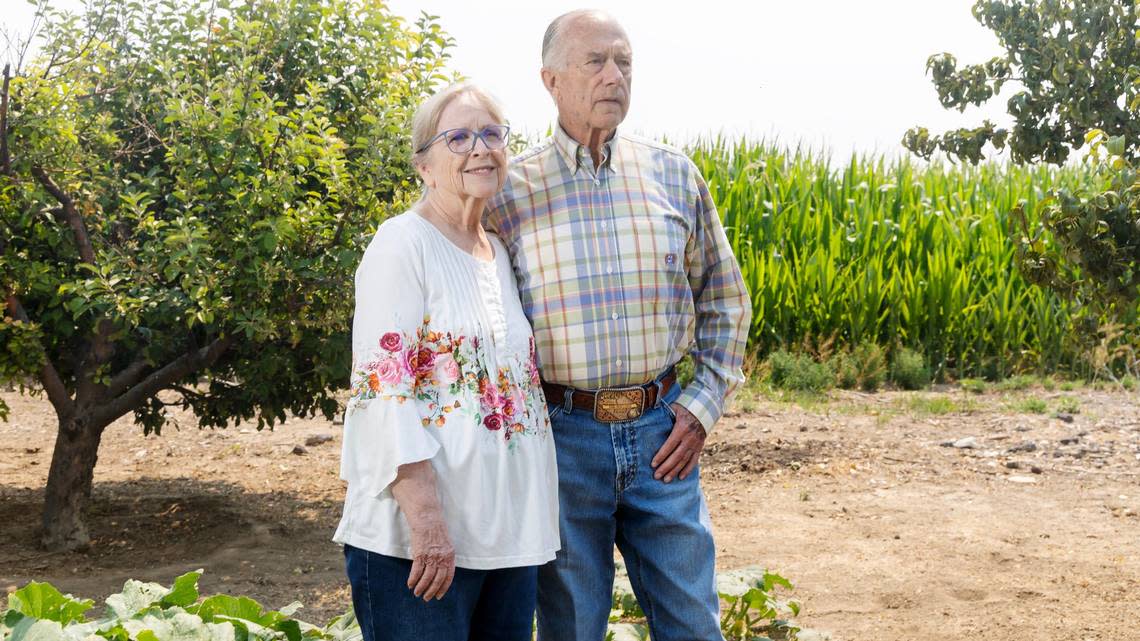
When Steve and Shane put their farmland up for sale about five years ago, no one was biting. Eventually, they did get some interest in the land, located south of Kuna and straddling Ada and Canyon counties. It came not from farmers, but from housing and solar-farm developers — the latter eager to put up solar panels near a power substation, with easy access to the grid.
The solar developers were offering more money than the housing developers. Plus, unlike housing developments, solar farms “don’t use any roads, they don’t use any schools, they don’t add traffic,” Steve Beus said. And the power the solar farm generated could help power nearly 45,000 homes if Idaho Power agreed to buy energy from the nearly 2,500-acre project west of South Robinson Road and north of Kuna Cave Road.
On the whole, the family thought a solar farm would be a better, lower-impact option for their community.
The community, it turned out, did not agree.
On Facebook, at community meetings and at two hours-long public hearings in Ada County, dozens of neighbors raised concerns about the appearance of a large solar farm, the effect it might have on property values in the area, and health and safety concerns, including the risk of fire sparked by the equipment or abetted by dried-out grasses underneath the panels. Much of the conversation centered around how the development could “change the character” of the farming community.
During a public hearing in mid-July, the Idaho Conservation League rebutted some of these concerns, noting that there was “no substantiated evidence” to suggest that solar panels or other equipment had “negative impacts” on human health.
“Routinely, utilities select solar and storage projects as the least cost, least risk, most reliable and safest option to satisfy their burgeoning resource needs,” said Brad Heusinkveld, the organization’s energy and regulatory counsel.
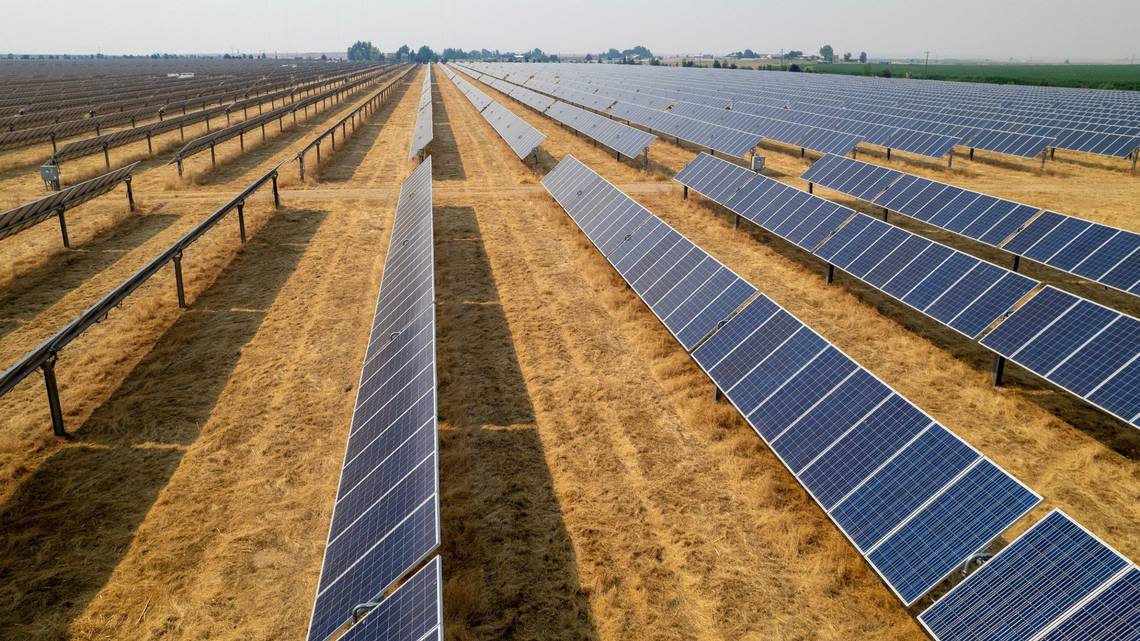
A debate over property rights, and a fight for a rural way of life
To the Beus family, this is a debate about private property rights: what owners are allowed to do with their land, and what say, if any, the neighbors should have. Farmers through much of the Treasure Valley have used those rights to sell their land to developers, who offer them a bigger retirement payday than crops could ever give. The average price per acre of farmland in Kuna is about $50,000.
“This property is owned privately,” Shane Beus said during a public hearing in July. “It’s kind of interesting; all of a sudden, it’s ‘Idaho’s farm ground,’ or my neighbor wants to claim it as his farm ground. I don’t know where they were at when it was time to pick rocks, fix the water on a Sunday morning, or bale hay all night. It is our farm ground … We have the right to do with our property as we desire.”
But the development would require Ada and Canyon county officials to grant a conditional use permit and variance because the area is zoned for agriculture. This meant the family was asking for a “special privilege,” which warranted greater input from the community, Commissioner Ryan Davidson said during a meeting Tuesday, July 30.
“One of the things I take strongly into consideration, and I always ask this when I’m presented with a variance, is ‘how do your neighbors feel about it?’” Davidson said. “This is a very large project that is directly affecting a lot of neighbors … we had significant testimony, and I would say (the project) was near-universally opposed by the neighbors.”
Many of those neighbors see the proposed solar farm as an existential threat to their rural way of life. They see themselves as a “small community” up against the “big money” of sustainable energy companies, said Debbie Davis, a Melba resident who opposes the project.
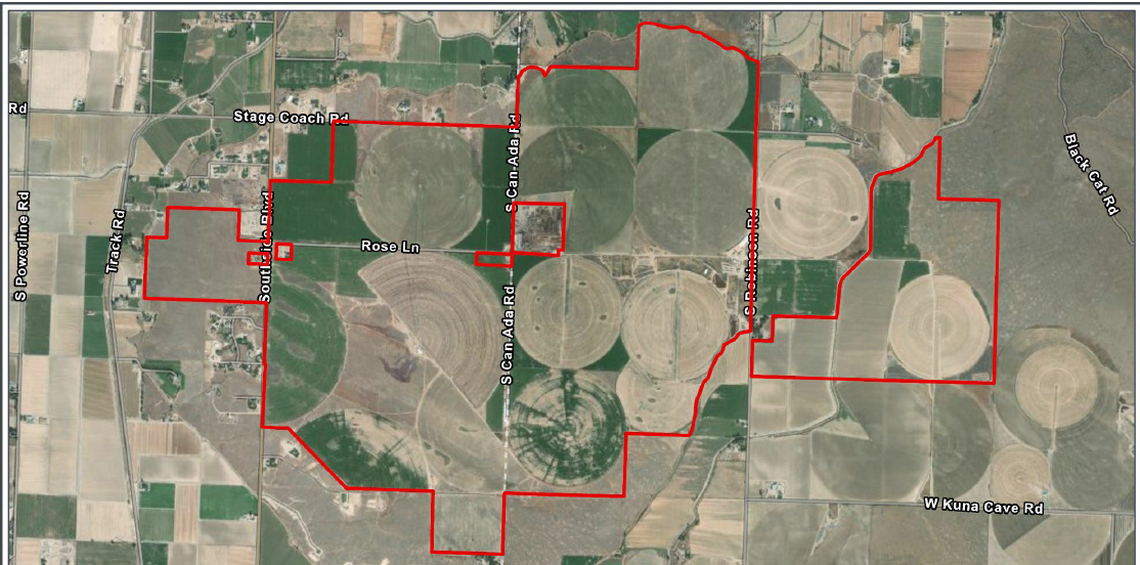
Ted Vander Schaff, a tenant on part of the land that’s up for sale, expressed similar sentiments.
“We have so much growth in this valley, and we’re seeing everything change,” he told the Statesman. “From a farmer’s perspective, I’m losing ground … I was farming ground over where Meta is. I was farming ground north of Kuna. I’ve had to move and adjust and shift. Every time, you find a new spot and make an adjustment to your business, and all of a sudden, now we’ve got solar right on top of us.”
“There’s nowhere to back up to anymore,” he added. “Our backs are against the wall.”
Over 10 square miles of working agricultural land — that is, farmland used for growing crops or raising cattle, or forests used for producing paper and fiber — are permanently converted to other uses every year in Idaho, said David Anderson, the Idaho program manager for American Farmland Trust. That’s one of the highest rates of land conversion per capita in the West, he told the Statesman, and much of it is due to rapidly growing urban communities.
That rapid shift can contribute to residents’ opposition to green energy projects, said Jared Talley, a Boise State professor who studies rural communities in the Intermountain West.
“They see it just as yet another attack, or another reason to give up farmland and productive ag land, just for … urban benefit,” he told the Statesman. It’s viewed as “another way for rural communities to be extracted from in order to support urban energy consumption.”
Rural communities’ opposition to solar challenges national energy transition
Opponents insist they have nothing against solar energy. They take issue, instead, with the presence of solar farms so close to their homes. They question why projects like this can’t be hosted on vast tracts of federal land, or at least in less-populated areas.
To mobilize against the solar farm, some Nampa, Melba and Kuna residents in April created a nonprofit called Rural Community Advocates — deliberately selecting the name to convey that their concerns went beyond solar energy.
“We’re advocating for our community to keep it the way that it is,” said Justine Krivanec, the group’s president.
Members emphasized the grassroots, local nature of the group. Its leaders and members work full-time jobs — some own their own businesses — and their “struggling” organization relies on donations and t-shirt and poster sales, said Dustin Ferdinand, the vice president.
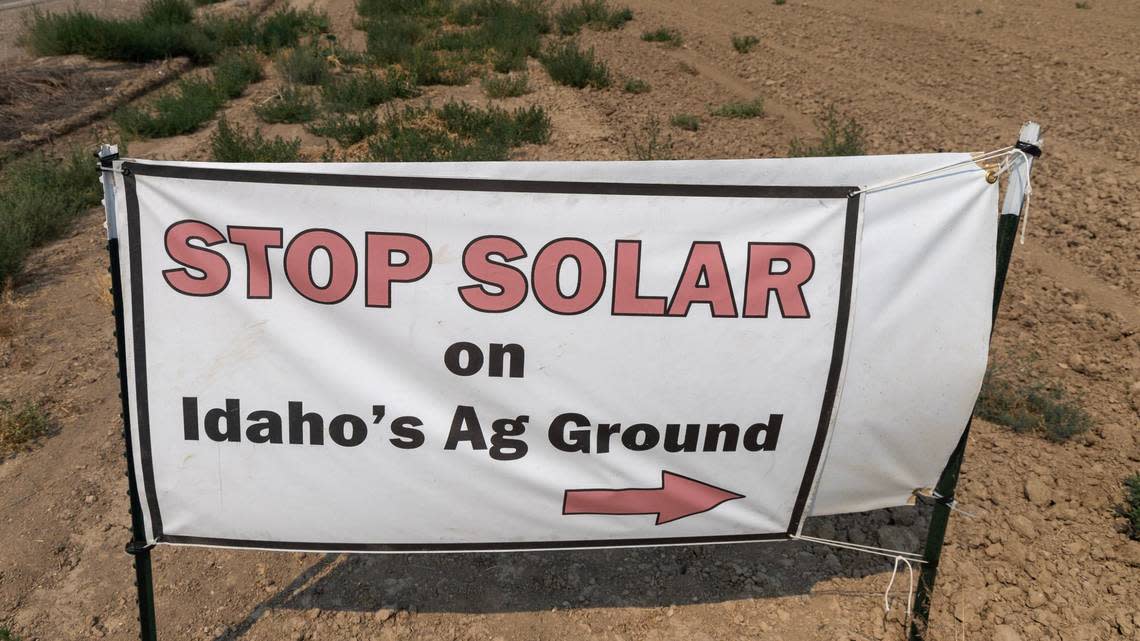
The group has been in touch with similar organizations from other states on social media, exchanging ideas, research and talking points. (An online search for “stop solar” brings up several organizations that take a similar approach, some of which have been accused of spreading misinformation about the dangers of renewable energy.)
In a June blog post supporting the project, the Idaho Conservation League’s climate program manager, Adrian Gallo, wrote that neighbors’ concerns about solar panels’ safety had been “thoroughly addressed and debunked” by multiple academic studies.
At the national level, opposition from rural communities adds up. President Biden set a goal to eliminate or offset greenhouse gas emissions by 2050, which could involve sourcing up to 45% of the country’s electricity supply from solar power — requiring a land area twice the size of Massachusetts, according to the Department of Energy.
Getting those projects built in the face of local opposition is among the biggest challenges wind and solar companies face, NPR reported last year.
And indeed, on July 30, Ada County commissioners voted to deny the solar developer’s application, citing the opposition’s testimony as a driving force in their decision. Like those opposed, commissioners emphasized that they had nothing against solar power — and had in fact previously approved a solar project south of the Boise airport from the same developer, Savion, a Missouri-based subsidiary of Britain’s Shell oil company, as well as other solar projects in the county.
Still, Davidson said, “If (Savion has) future solar projects, I hope they and other solar companies do take into consideration that people move to Idaho for a certain way of life, and people don’t really want to see that change.”
Despite Ada County’s denial, the fate of the project remains uncertain, as Canyon County must also review the project. Savion may withdraw its application to Canyon County, or resubmit an updated concept that stands alone without the Ada County portion of the project, Sabrina Minshall, Canyon County’s director of development services, told the Statesman in an email.
Steve Beus said the pushback from neighbors hadn’t changed his mind about trying to sell his land to a solar developer.
“I think we have a right. We farmed out here for 65 years. I think I’ve earned the right to do what I want with my land,” he said. “If anything, it’s strengthened my resolve to see it through.”
But after the July 30 hearing, where about 50 people who opposed the project gathered, wearing t-shirts that said “No solar on farm ground,” Krivanec said her group wasn’t done yet.
The developer “thought these rural people would just let (the project) pass by, and we might not notice,” Krivanec said. “We know the fight’s not over.”
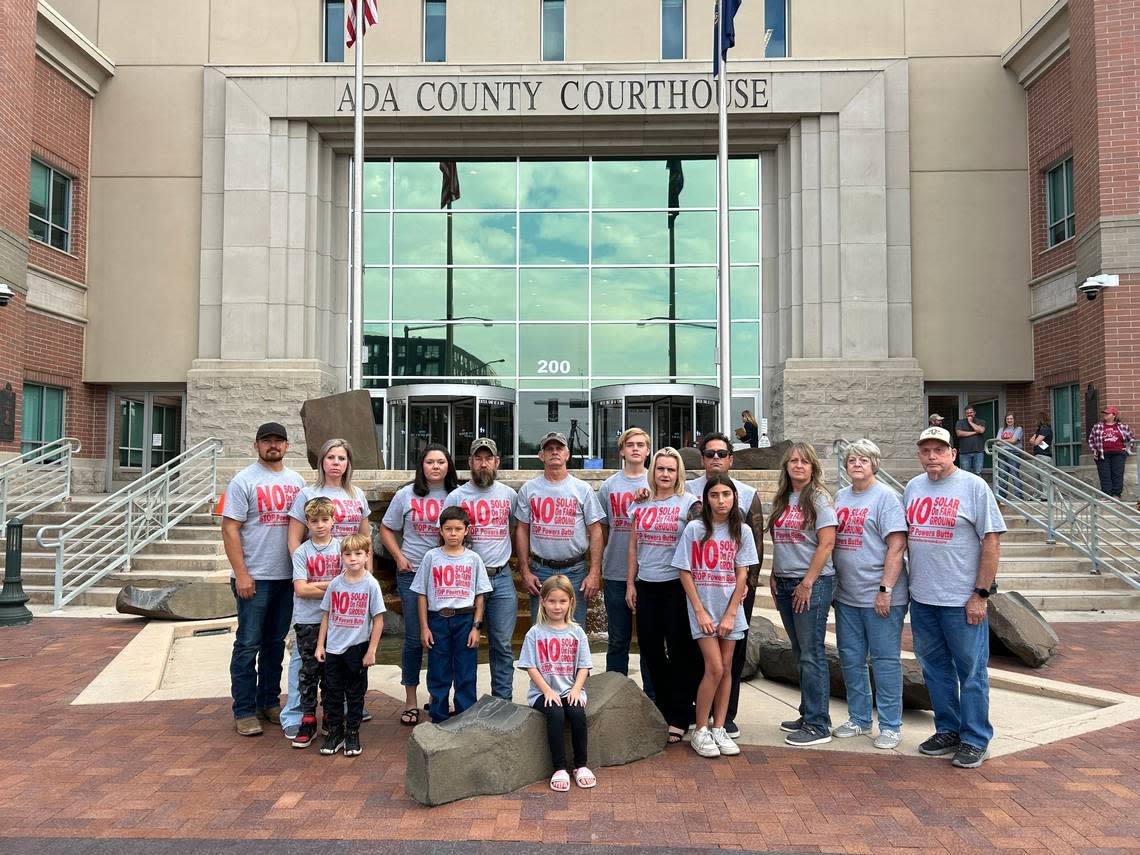
Idaho Power to shift solar compensation to on-peak, off-peak times. What it means to you
